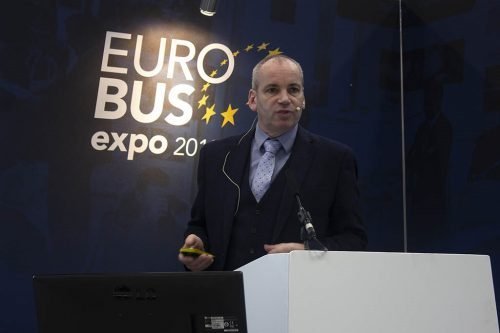LowCVP’s Andy Eastlake discusses the progress towards cleaner air and the CVRAS accreditation for retrofits, though there is some criticism of the lack of options for coach operators

By subscribing you will benefit from:
- Operator & Supplier Profiles
- Face-to-Face Interviews
- Lastest News
- Test Drives and Reviews
- Legal Updates
- Route Focus
- Industry Insider Opinions
- Passenger Perspective
- Vehicle Launches
- and much more!


